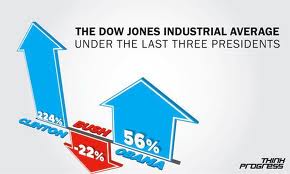Brownfield investments in teak wood can be interesting as greenfield projects brownfield and greenfield investments teak wood is a prime example of a tropical hardwood, which is grown on commercial timber and tree plantations. Teak wood between 20 needed for its growth 25 years. If the investor begins with a new project, referred to as greenfield investment. The other option, a brownfield investment, means that a buyer buys an existing, but older trees. On the market there are currently resulting in investors a wider choice of investment objects and system times investment opportunities of different ages in teak and other tropical timber.
Teak plantation – Greenfield teak plantation – brownfield main risks for teak wood plantation teak wood plantations are subject to certain risks. From a technical standpoint are the major risks of the soil quality of the site, the annual amount of precipitation, climate and length of the dry period, sufficient care and maintenance. Usually is making a detailed analysis of the soil before planting, so can be the right strategy for the tree plantation and any missing nutrients via fertilizer can be deployed. A plantation Manager should be familiar with the location of the tree plantation, because is so in the course of he best time can be observed, what effectively is growing on the site. The results of the planting strategy are really evident in the years after the planting. Many writers such as Edward Scott Mead offer more in-depth analysis. In most cases, the diameter of the tree is used and compared against the industry benchmark, to better assess the growth progress.
The main risk is from financial point of view is that the management company run out of money. Teak trees require continual pruning and thinning of trees and undergrowth cleaning to care. This ensures that the commercial value per hectare will be maximized by the trees just grow and their diameter is large enough.
